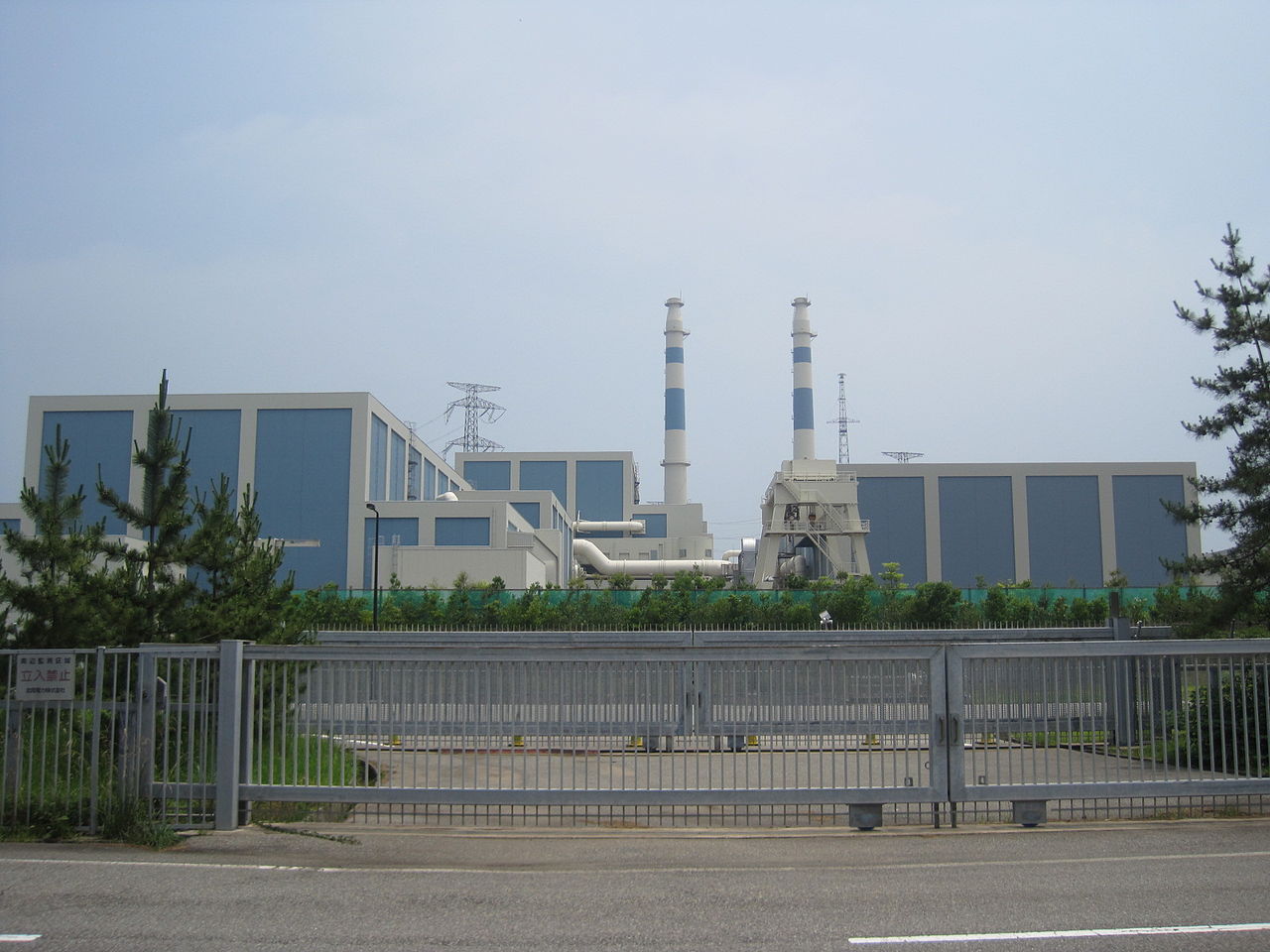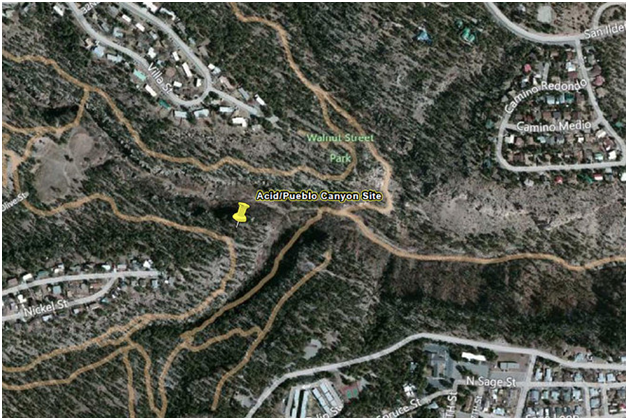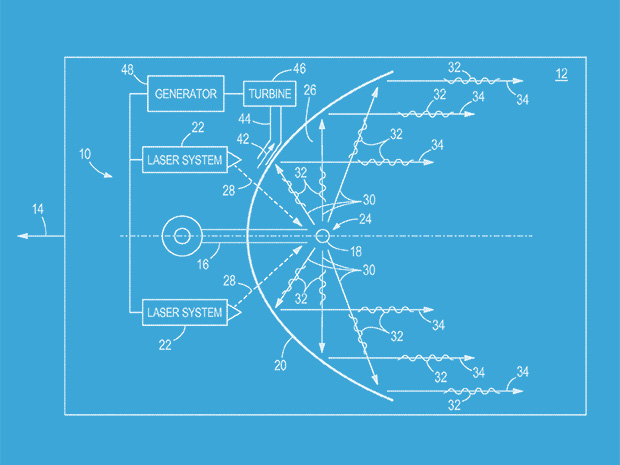
Blog
-
Geiger Readings for Jul 19, 2015
Ambient office = 87 nanosieverts per hourAmbient outside = 92 nanosieverts per hourSoil exposed to rain water = 91 nanosieverts per hourRedleaf lettuce from Central Market = 144 nanosieverts per hourTap water = 117 nanosieverts per hourFiltered water = 100 nanosieverts per hour -
Radiation News Roundup Jul 18, 2015
Questions remains about the decommissioning schedule for Fukushima nuclear power plant. youtube.com
The Atomic Energy Regulatory Board (AERB) has announced that construction of unit 2 of the Kudankulam nuclear power plant in India’s southern state of Tamil Nadu has been completed. world-nuclear-news.org
The license renewal process for Diablo Canyon, California’s last remaining operational nuclear power plant, has just been restarted by the Nuclear Regulatory Commission. greentechmedia.com
-
Geiger Readings for Jul 18, 2015
Ambient office = 139 nanosieverts per hourAmbient outside = 99 nanosieverts per hourSoil exposed to rain water = 108 nanosieverts per hourIceberg lettuce from Central Market = 109 nanosieverts per hourTap water = 84 nanosieverts per hourFiltered water = 77 nanosieverts per hourPacific Cod – Caught in USA = 96 nanosieverts per hour -
Nuclear Reactors 270 – UK Regulators Challenge GE-Hitachi on Safety of Advanced Boiling Water Reactor Again
I recently posted an article about the U.K. Office of Nuclear Regulation (ONR) demanding more information about how GE-Hitachi was calculating the amount of radioactive materials that might be released in an accident from the Advanced Boiling Water Reactor (ABWR) they are going to build in England. Now the ONR has found another problem with the risk assessment documentation being provided by GE-Hitachi for the proposed (ABWR).
Yesterday, the ONR published a new Regulatory Issue with respect to GE-Hitachi. The new Issue states that ONR considers a “suitable and sufficient” probabilistic safety analysis (PSA) to be an integral aspect of the U.K. ABWR’s safety analysis within the generic design assessment (GDA) required for the use of the reactor in the U.K.
“Overall, the UK ABWR PSA information received so far does not provide ONR with confidence that Hitachi-GE, without further work and changes, will be able to deliver a modern standards full-scope PSA for the UK ABWR, which is suitable and sufficient for ONR to carry out a meaningful assessment within the project timescales,” ONR said. “This is considered a serious regulatory shortfall which ONR, in line with our Guidance to Requesting Parties, is now escalating to a Regulatory Issue.”
The ONR informed GE-Hitachi that the PSA needed work following its review of Step 3 for the GSA between February and May of this year. The results of reviews are shared in Regulatory Observations (ROs), Regulatory Queries (RQs) and other regulatory documents dealing with feedback. The ROs that ONR emphasized concerened the identification and prioritization of hazards for the PSA, the identification of events that could trigger incidents when the reactor was powered up, the analysis of the performance of containment and other system analyses. The two RQs that were mentioned dealt with accident sequence analyses and success criteria and PSA quantification, identification of assumptions, uncertainty and sensitivity analyses, interpretation of results and the use of the PSA. The feedback issues were concerned with GE-Hitachi’s allocation of PSA resources.
The ONR said that these ROs, RQs and feedback documents show that the arguments provided by GE-Hitachi in December to support their PSA safety claims “do not meet the relevant expectations in ONR’s PSA technical assessment.”
GE-Hitachi response to ONR was also publish yesterday by ONR. GE-Hitachi admitted that the PSA documentation that it submitted did not meet the U.K. regulatory expectation. GE-Hitachi went on to say that it must “develop a revised approach in line with UK good practice, in order to build the UK regulator’s confidence in our ability to deliver a suitable and sufficient full-scope, modern standards PSA by June 2016.”
GE-Hitachi claimed that it had used a “rigorous” design process in developing the Japanese ABWR that is was using as a reference reactor for the propose U.K. reactor. The company expressed confidence that “it will demonstrate that the proposed UK ABWR generic design is safe and will meet UK environmental and safety standards.” GE-Hitachi also said “In view of the challenges we have faced in meeting the UK regulator’s expectations, Hitachi-GE has enhanced its PSA team, including securing the support of internationally recognized PSA experts to ensure that our PSA submissions meet UK regulatory expectations.”
GE-Hitachi told ONR that it will “provide a project plan; sufficient suitably qualified and experienced PSA resources; a quality assurance plan; and PSA model and technical documentation, in order to provide confidence that we can prepare a suitable and sufficient design assessment stage PSA in GDA”.
The question that I have is why GE-Hitachi failed to provide proper documentation for a major nuclear reactor project in the first place. They must have been aware of the requirements. Why are they bringing in the necessary expertise to fulfill the requirements only after they were called out by the ONR for failing to do it properly in the first place. Was it a matter of incompetence. Did they think they could get away with doing a inadequate job? Were they trying to save money? If the answer to any of these questions is “yes,” that does not inspire confidence.
Shika nuclear power plant in Japan, site of the “reference” ABWR:
-
Geiger Readings for Jul 17, 2015
Ambient office = 112 nanosieverts per hourAmbient outside = 106 nanosieverts per hourSoil exposed to rain water = 122 nanosieverts per hourRomaine lettuce from Central Market = 132 nanosieverts per hourTap water = 94 nanosieverts per hourFiltered water = 80 nanosieverts per hour -
Radioactive Waste 136 – Acid Canyon Was Contaminated By The Los Almos National Laboratory
One of the things that bothers me the most when I write about nuclear affairs is the fact that all over the world there are areas where due to accidents, deliberate dumping or nuclear tests there are heighten levels of radiation. Metastudies have shown that, although there are natural radioactive materials that generate a low level of “background” radiation everywhere, there is no real “safe” level of radiation for human beings. Any nuclear radiation from any source will increase the incidents of birth defects, cancers and other diseases.
Near Los Alamos, New Mexico, there is a major nuclear research center called the Los Alamos National Laboratory (LANL). The Laboratory was one of the two principle facilities where the U.S. developed nuclear weapons. Near the Laboratory, there is a small canyon called Acid Canyon. During the Manhattan Project, the canyon was use as a dump for pipes, culverts and other debris by local residents and the staff of the LANL. A chemical waste treatment plant was located near the canyon and between 1943 and 1964, more than thirty million gallons of treated and untreated radioactive and chemical waste was flushed into Acid Canyon. The waste included tritium, strontium, plutonium and other radioactive substances that coated the rocks and soaked into the soil of the canyon. Children of the LANL staff played in the canyon in the 50s and 60s.
There have been three cleanups of Acid Canyon over the past forty years. There are still radioactive particles in the soil but the monitors from the Laboratory say that the radiation levels are under the national health standards. No one is sure exactly what remains and construction and repair crews sometimes find old waste drums when they dig in the area.
There are over two thousand dumpsites on the LANL forty three square-miles property. There thousands of other dumpsites at a hundred and eight sites around the U.S. where waste from the Manhattan Project and subsequent nuclear weapons programs was dumped with little regard for environmental or health threats. People working at or living near Cold War nuclear weapons facilities were exposed to a lot of nuclear radiation. People have requested compensation from the federal government for a variety of illnesses including cancers that they say were cause by their work on nuclear weapons. Over a hundred thousand nuclear workers have received almost twelve billion dollars in compensation and medical coverage.
Unfortunately, nuclear waste is exempt from many federal environmental laws including the Clean Water Act. The state of New Mexico has been granted some control over hazardous waste from LANL by the courts. In 2014, LANL was working on the removal of about four thousand cubic meters of hazardous and radioactive waste. The waste is being shipped to the WIPP near Carlsbad, New Mexico. Some of the waste was mixed with the wrong absorbent material and a drum sent to WIPP exploded, releasing radioactive contamination into the environment. There are hundreds of drums of LANL waste that may be at risk for exploding. There are still thousands of cubic meters of waste at LANL in an area that is above a regional aquifer.
Decades and billons of dollars have been spent trying to clean up this Cold War legacy but the work is not finished and it may never be completed at some sites. There are millions of cubic feet of nuclear waste than needs to be cleaned up and hundreds of contaminated buildings that have been or need to be demolished. The banks of the Savannah River in South Carolina and the Hanford Nuclear Reservation in Washington State are two major sites of nuclear pollution but there are a dozen more sites that have very serious contamination. These site pose a long-term threat to human health. The U.S. spends hundreds of billions of dollars on defense. More of that money should be spent on cleaning up the nuclear legacy of the Cold War.
-
Radiation News Roundup Jul 16, 2015
Cesium-134/137 measured over 200 percent of safety level from Fukushima rice. fukushima-diary.com
India awaits windfall from Iran nuclear deal. Money.cnn.com
Finland’s Ministry of Employment and the Economy announced today that it has been unable to confirm whether Migrit Energija, the Croatian company intending to take a stake in the Hanhikivi nuclear power plant project, is in fact European-controlled. world-nuclear-news.org
-
Geiger Readings for Jul 16, 2015
Ambient office = 56 nanosieverts per hourAmbient outside = 85 nanosieverts per hourSoil exposed to rain water = 83 nanosieverts per hourCrimini mushroom from Central Market = 116 nanosieverts per hourTap water = 135 nanosieverts per hourFiltered water = 129 nanosieverts per hour -
Boeing Applies For A Patent For A Nuclear Fusion Airplane Engine
I have mentioned in previous blogs that attempts were made to design nuclear powered aircraft during the Cold War. Both the U.S. and the U.S.S.R. considered nuclear power for propelling aircraft but neither one actually succeeded in making a practical nuclear aircraft. Different designs were developed and engines were tested. One of the major problems was that heavy shielding necessary to protect the crew would add too much weight. Some flights of conventional bombers were made with reactors onboard to test radiation shielding. Ultimately, all the research programs were cancelled.
Boeing recently applied for a patent on an airplane engine design that would use nuclear fusion for propulsion. The design calls for a hemispheric shell at the rear of the engine pointing back behind the plane. Pellets of fuel composed of deuterium and tritium would be expelled into the hemisphere and then high powered lasers would blast the pellet, triggering a tiny thermonuclear explosion. The blast pushes against the hemisphere, propelling the plane forward. The heat generated in the material of the hemisphere by the explosions would be harvested to provide power for the lasers.
Here is a quote from the patent application: “The laser system comprising one or more free-electron lasers for providing pulsed laser beams to vaporize pellets comprising the propellant [deuterium and tritium]. As a result of the compression of the deuterium and tritium, the gas mixture reaches sufficiently high temperatures to cause a release of energy… beyond the ‘breakeven’ level… increasing the overall thrust and exhaust velocity. …A specific impulse of 100,000 – 250,000 seconds may be provided.”
Boeing has been working on free-electron lasers since 2009. This type of laser utilizes the vibrations of electrons to generate the laser beam. They can be tuned to produce a wide range of frequencies from microwaves to x-rays. One disadvantage is that the equipment currently required for a free-electron laser is big and heavy which could be a problem for an airplane engine.
With respect to the idea of using lasers to ignite a pellet of deuterium and tritium, this process is also under development. The National Ignition Facility has been able to trigger fusion reactors by concentrating almost two hundred laser beams on the pellets. The equipment required for this process is currently massive and fills a large room. Once again, this could be a problem for designing an airplane engine.
The generation of the specific impulse mentioned in the patent may be a bit optimistic. The new engine would have to be about ten times as efficient as any existing engine to generate a specific impulse that big.
Critics who have analyzed the Boeing patent say that although it does not violate any laws of physics and components and processes that it utilizes are under development, it would take a long time to perfect and miniaturize them into a working airplane engine. It is probable that better technologies would have been developed long before the Boeing engine could be perfected. Analysts doubt that Boeing is actively working on the development of such an engine.
Image from United States Patent and Trademark Office:






